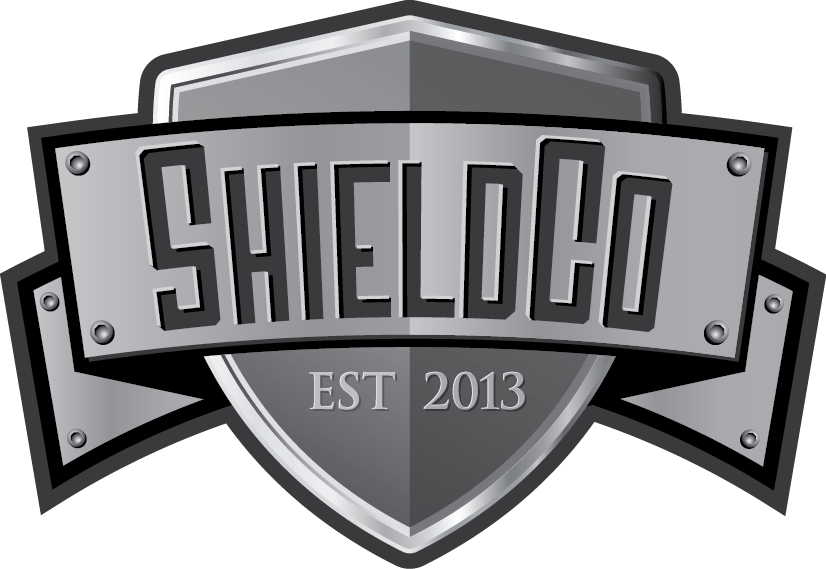Urban wayfinding has several components. Good urban planners pay attention to all of these components and work assiduously to make them work in harmony. Each component uses the right colors, typography, shapes, logos, materials and nomenclature. If you are an urban planner, ensure that you use the right types of outdoor signs for each of these areas so that people who visit your area can navigate easily.
Gateways and Area Identification
City, regional and district gateways are the first places that should have well-built signs. People should know when they are both entering and leaving these major areas. Both the entry and exit signs should follow the same format and have the same type of look and material. Signs for city gateways can be freestanding or attached to other landmarks including bridges, buildings and parks. District gateways can include cultural districts, commercial districts, or political districts. The point is to make these areas easy to identify.
Vehicular Wayfinding
Vehicular wayfinding signs are along roadways and direct motorists to districts, cities, parks, heritage areas, destinations and parking. Visibility at high speeds is a must. Vehicular wayfinding signs fall into 3 categories: Controlled Access Road Signs, Regional Signs, Large Scale Signs and Downtown and Neighborhood Signs.
Controlled Access Road Signs direct motorists to destinations along highways. They must follow Federal Highway Administration guidelines even though they are administered by individual states. Regional Signs guide motorists to parks, agricultural facilities, institutional and commercial destinations, and heritage areas outside of urban areas. Distance is typically included on these signs and they are administered either by state bodies, counties, or a combination of counties and towns. Large Scale Signs direct motorists to large scale destination and urban districts. Finally, Downtown and Neighborhood Signs direct motorists to localized destinations and parking. They can also direct motorists back to interstate and state roads.
Pedestrian Wayfinding
Pedestrian wayfinding signs help pedestrians navigate within a district or neighborhood. There are three types of Pedestrian Wayfinding Signs: Pedestrian Directional Signs, Map Signs and Directories. The names are self-explanatory.
Destination Identity
These signs characterize destinations. There are 5 types of Destination Identity Signs: Institutional Identity, Gateway, Interpretive Identity, On-Premise Commercial Landmarks, and Parking. Institutional Identity signs clearly identify government, cultural, educational, transportation or health buildings. Gateway signs are often placed at the entrances of educational, corporate, transportation, and healthcare locations. Interpretive identity signs require some form of interpretation. On-Premise Commercial Landmark signs clearly identify commercial or corporate offices and also serve as landmarks. Parking signs identify parking areas within the district.
Urban and Street Identity
These signs include: street signs, regulatory signs, street furniture, public art, civic banner programs, and visitor centers.
Media and Print Support
Media and print support integrates physical elements, websites, mobile media, print maps and directories with tangible urban design elements.
ShieldCo designs custom metal signs that would be perfect for your state, county, or urban district signs. Contact one of our representatives today to get a quotation for your specific needs.
